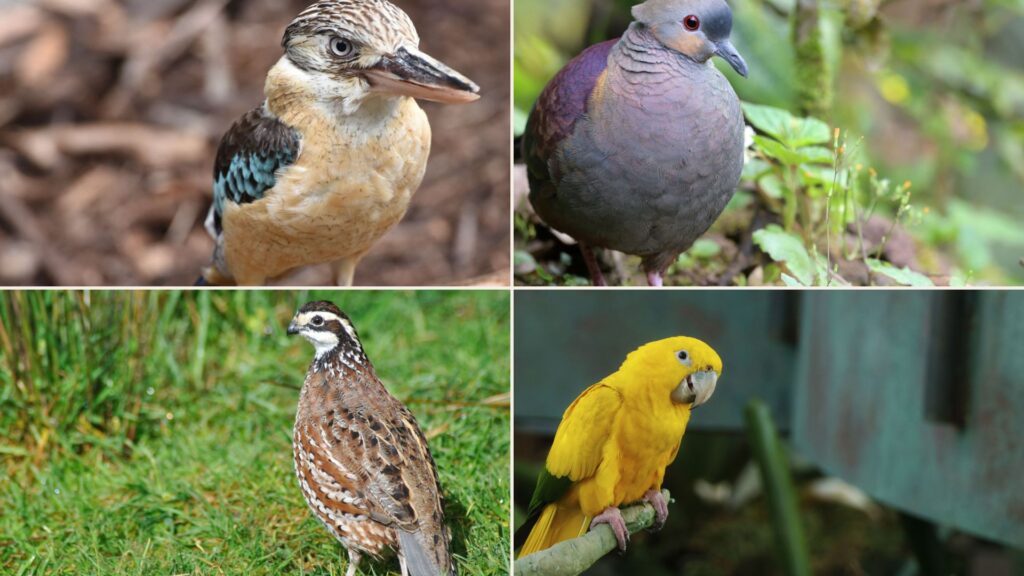Birds are fascinating creatures, and some of the most intriguing ones have names starting with the letter Q. You might think there aren’t many birds in this category, but you’d be surprised!
I’ve got good news for bird enthusiasts and curious minds alike. In this blog post, I’ll introduce you to over 11 birds whose names begin with Q. You’ll discover interesting facts about each species and see beautiful pictures to help you identify them.
Here’s what you can expect: a comprehensive list of Q-named birds, from common backyard visitors to rare exotic species. I’ll share key details about their appearance, habitats, and behaviors.
Get ready to expand your bird knowledge!
1. Quail
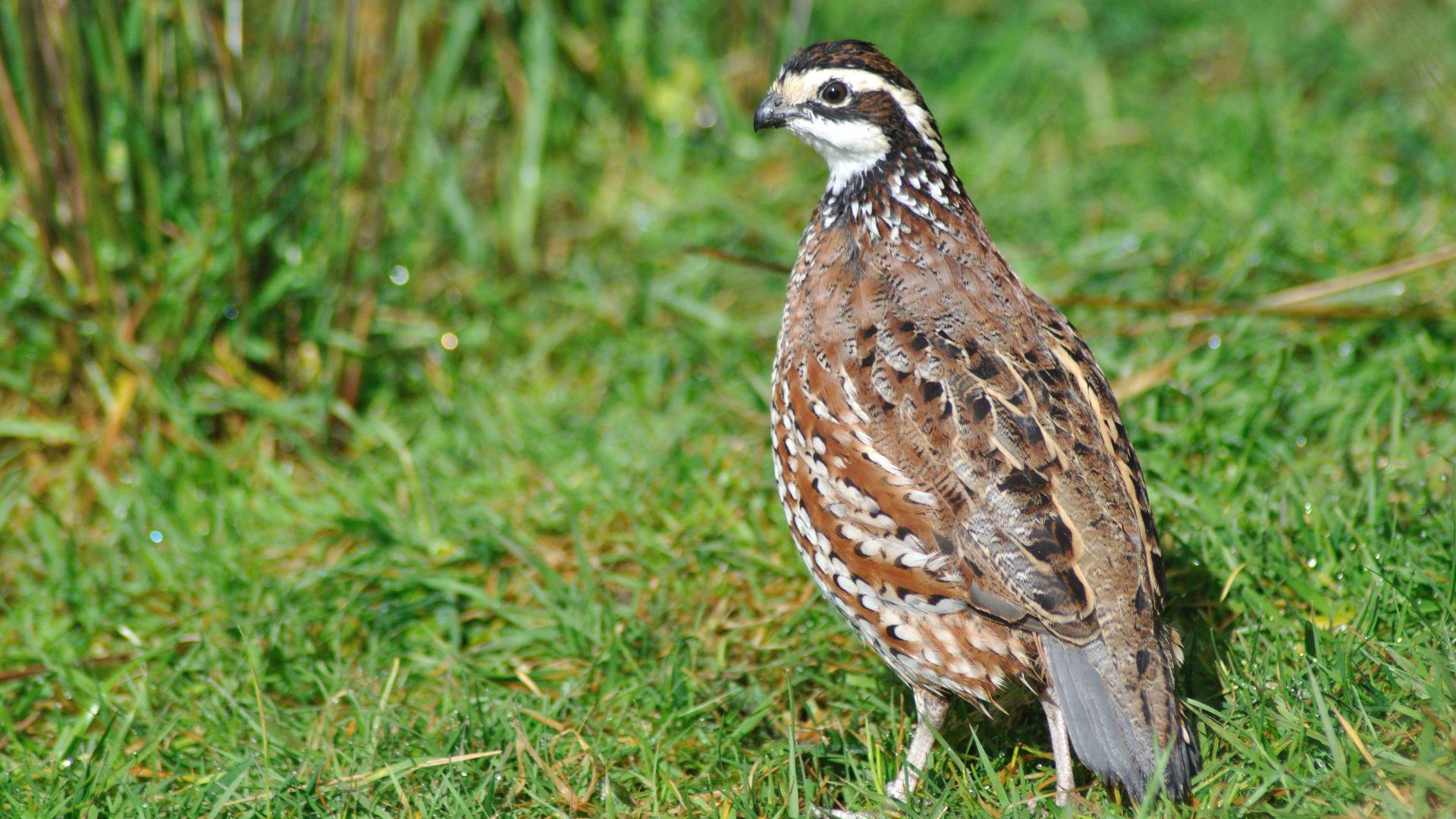
Quails are small, ground-dwelling birds known for their short, round bodies and excellent camouflage.
They are fast runners and prefer to stay close to the ground, often forming large groups called coveys.
| Metric | Measurement |
|---|---|
| Height | 5 to 8 inches (13 to 20 cm) |
| Weight | 4 to 9 ounces (110 to 250 grams) |
| Region of Habitat | North America, Europe, Asia |
| Scientific Name | Coturnix coturnix |
| Place of Origin | Europe, Asia |
| Feeding Habits | Omnivorous (seeds, insects) |
| What Sound They Make | Chirp, whistling calls |
Fun Facts
- Quails can lay up to 12-15 eggs in one clutch.
- They are often hunted for sport and food.
- Quails prefer to hide in tall grass and shrubs to avoid predators.
2. Queen of Bavaria Conure (Golden Conure)
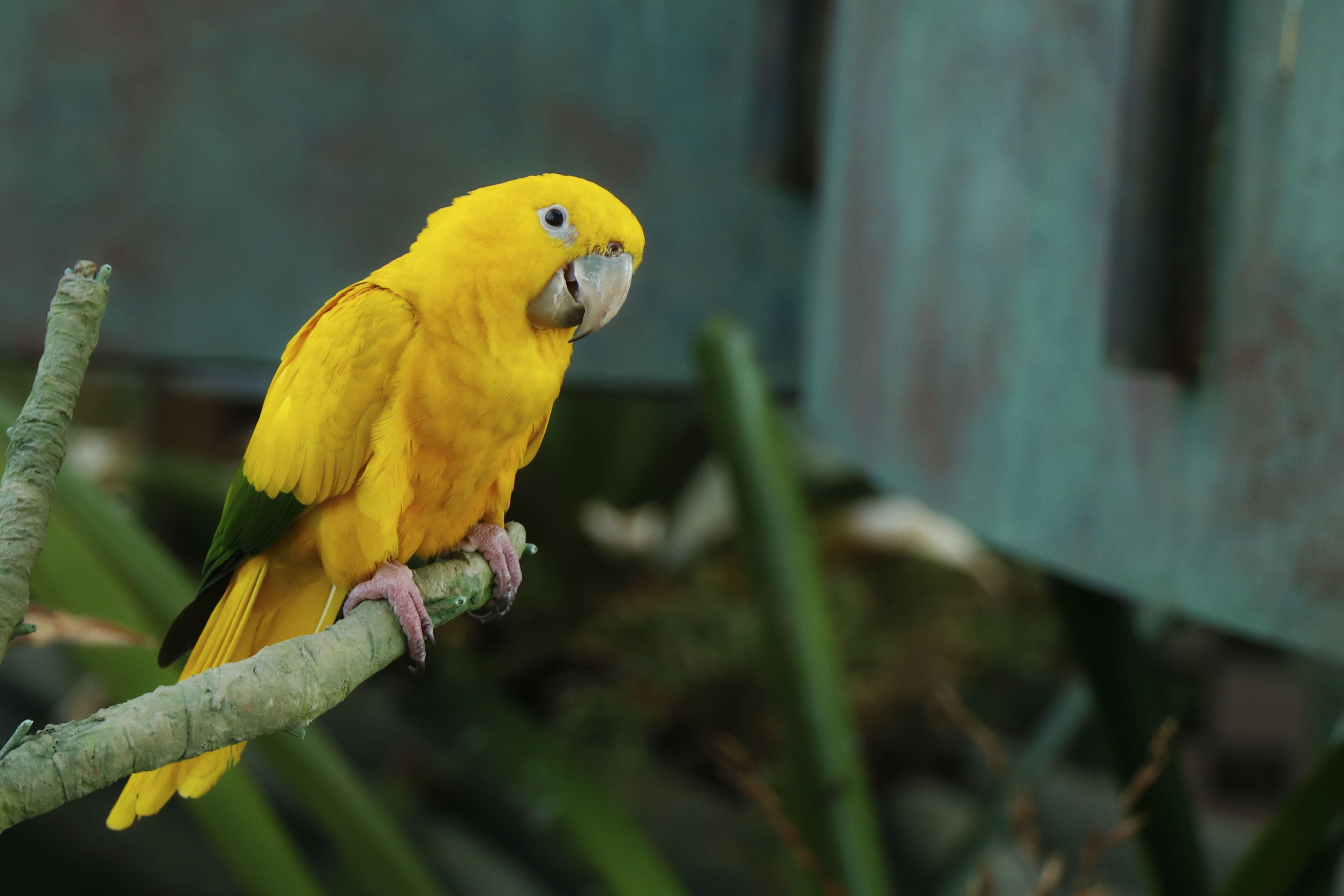
This beautiful parrot is known for its bright yellow feathers and playful, affectionate behavior.
Native to the Amazon rainforest, these birds are social and intelligent, often mimicking sounds.
| Metric | Measurement |
|---|---|
| Height | 12 to 13 inches (30 to 33 cm) |
| Weight | 8 to 9 ounces (227 to 255 grams) |
| Region of Habitat | Amazon Rainforest, Brazil |
| Scientific Name | Guaruba guarouba |
| Place of Origin | Brazil |
| Feeding Habits | Herbivorous (fruits, seeds) |
| What Sound They Make | Loud squawks |
Fun Facts
- These birds are monogamous and often bond with one partner for life.
- Their vibrant yellow color is rare among parrots.
- They are endangered due to habitat loss and pet trade.
3. Quailfinch

Quailfinches are small, seed-eating birds often found in the grasslands and savannas of Africa.
They have a distinctive short beak and are known for their rapid flight and ground-dwelling habits.
| Metric | Measurement |
|---|---|
| Height | 4 to 5 inches (10 to 12 cm) |
| Weight | 0.5 to 1 ounce (14 to 28 grams) |
| Region of Habitat | Sub-Saharan Africa |
| Scientific Name | Ortygospiza atricollis |
| Place of Origin | Africa |
| Feeding Habits | Herbivorous (seeds, grains) |
| What Sound They Make | High-pitched chirps |
Fun Facts
- They are often seen foraging in pairs or small groups.
- Quailfinches have a preference for living near water bodies.
- Their flight is quick and direct, making them hard to catch.
4. Quetzal

The Quetzal is a colorful bird known for its bright green and red plumage, often considered a symbol of beauty and freedom in Central American culture.
They are forest dwellers, living in the cloud forests of Central America.
| Metric | Measurement |
|---|---|
| Height | 13 to 16 inches (33 to 40 cm) |
| Weight | 7 to 8 ounces (200 to 225 grams) |
| Region of Habitat | Central America |
| Scientific Name | Pharomachrus mocinno |
| Place of Origin | Central America |
| Feeding Habits | Omnivorous (fruits, insects) |
| What Sound They Make | Soft coos and whistles |
Fun Facts
- Quetzals were sacred to the ancient Maya and Aztec civilizations.
- They have an exceptionally long tail that can grow up to three feet.
- Quetzals are elusive and rarely seen in the wild, adding to their mystique.
5. Quail-thrush

Quail-thrushes are ground-dwelling birds known for their cryptic plumage that helps them blend into their surroundings.
They are often found in Australia’s scrublands and woodlands.
| Metric | Measurement |
|---|---|
| Height | 8 to 10 inches (20 to 25 cm) |
| Weight | 1.5 to 2 ounces (42 to 56 grams) |
| Region of Habitat | Australia |
| Scientific Name | Cinclosoma |
| Place of Origin | Australia |
| Feeding Habits | Insectivorous |
| What Sound They Make | Soft whistles |
Fun Facts
- They are very secretive, often staying close to the ground.
- Their camouflage is so effective they are rarely spotted.
- Quail-thrushes often make short, quiet calls to communicate with their mates.
6. Quaker Parrot (Monk Parakeet)
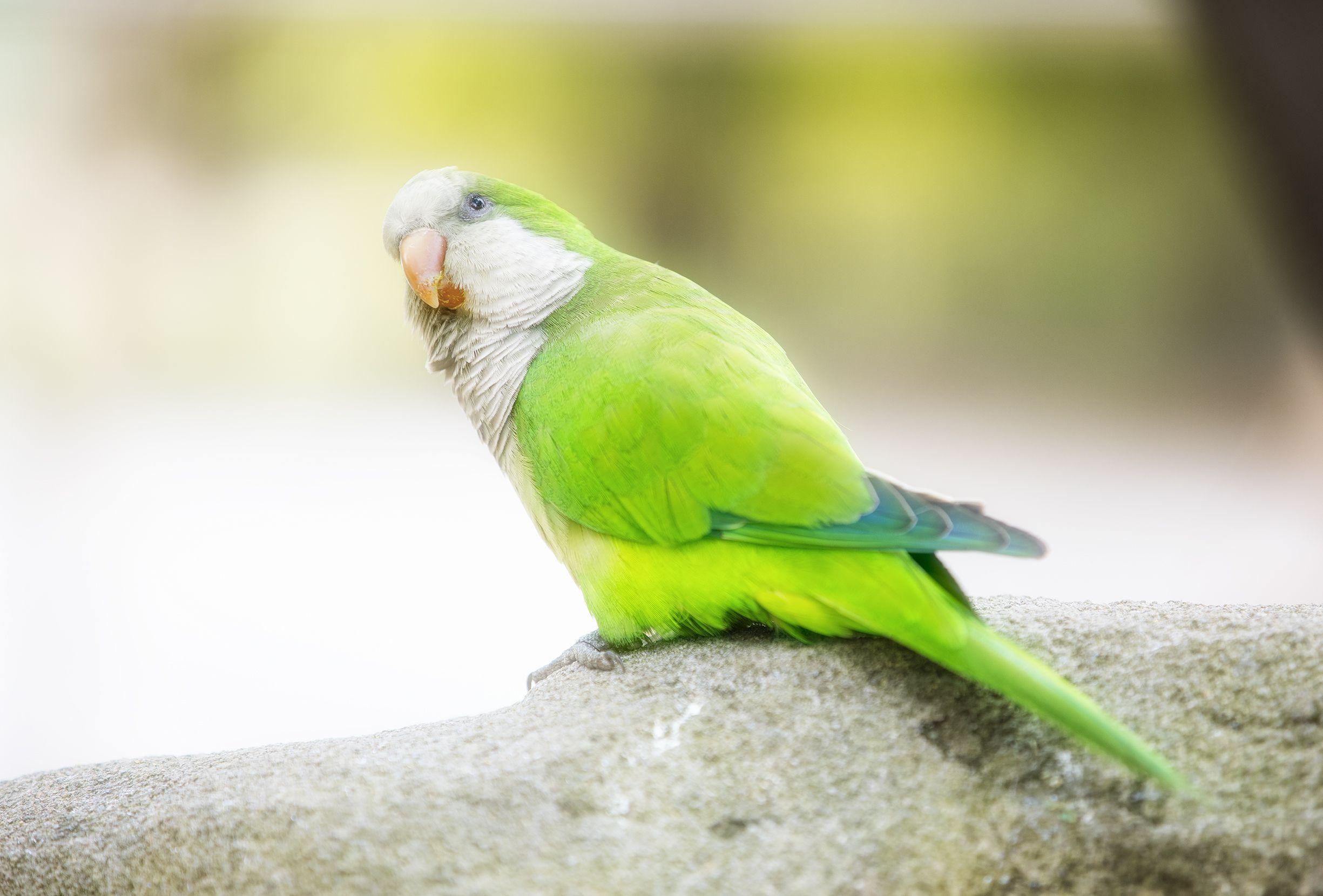
The Quaker Parrot is known for its intelligence and ability to mimic human speech.
They are social birds that often build large communal nests, sometimes housing hundreds of birds.
| Metric | Measurement |
|---|---|
| Height | 11 to 12 inches (28 to 30 cm) |
| Weight | 3 to 4 ounces (85 to 115 grams) |
| Region of Habitat | South America, North America |
| Scientific Name | Myiopsitta monachus |
| Place of Origin | South America |
| Feeding Habits | Herbivorous (seeds, fruits) |
| What Sound They Make | Chattering, mimicry of sounds |
Fun Facts
- Quaker Parrots are often kept as pets due to their playful nature.
- They build complex nests that can weigh several kilograms.
- In some regions, they are considered invasive species due to their adaptability.
7. Queensland Blue-winged Kookaburra
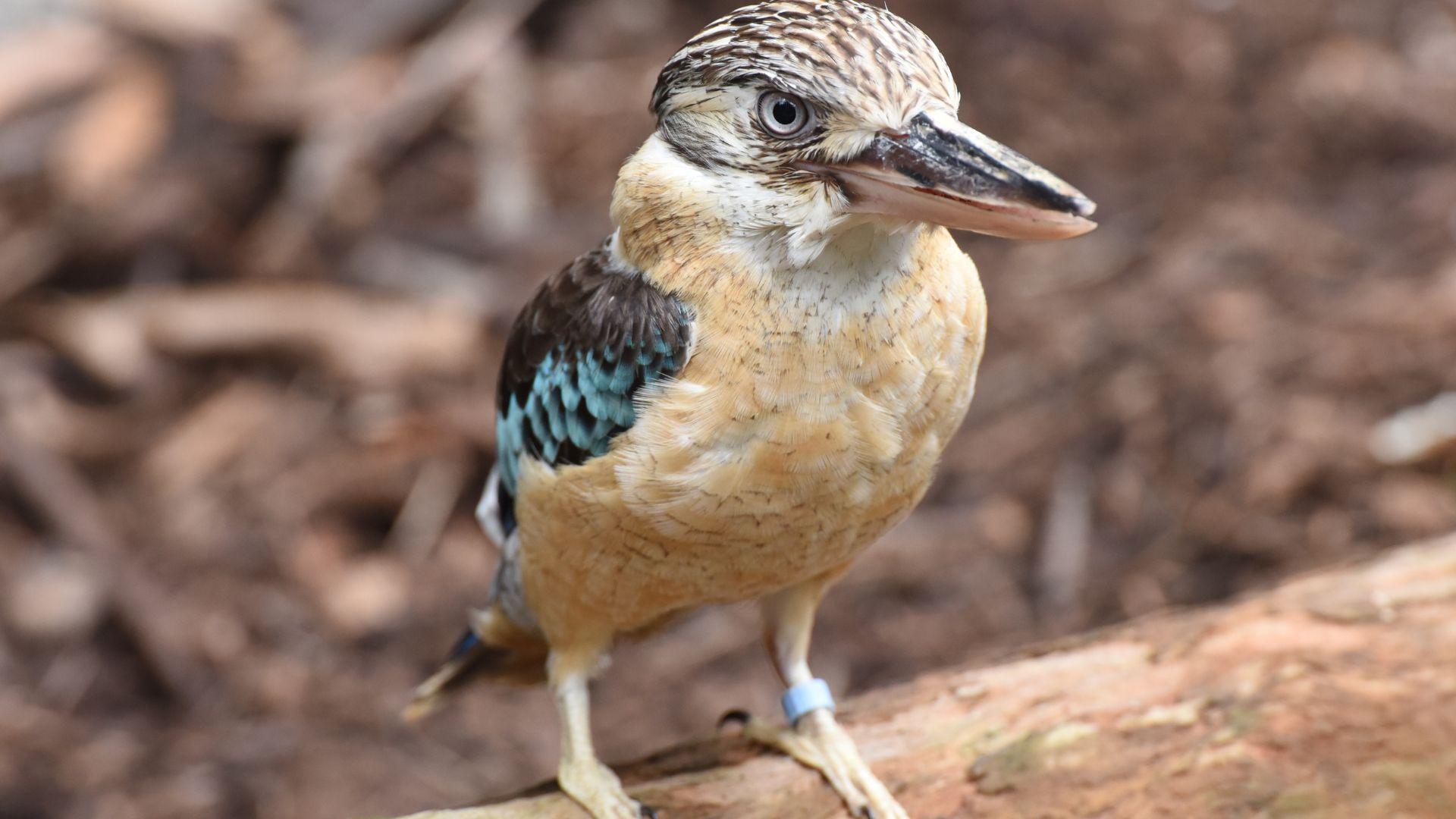
The Blue-winged Kookaburra is a large kingfisher known for its distinctive laugh-like call.
It is native to northern Australia and southern New Guinea, where it thrives in forests and woodlands.
| Metric | Measurement |
|---|---|
| Height | 15 to 17 inches (38 to 43 cm) |
| Weight | 11 to 14 ounces (310 to 400 grams) |
| Region of Habitat | Australia, New Guinea |
| Scientific Name | Dacelo leachii |
| Place of Origin | Australia |
| Feeding Habits | Carnivorous (small animals, insects) |
| What Sound They Make | Laugh-like call |
Fun Facts
- They are known for their loud, distinctive call that sounds like laughter.
- Blue-winged Kookaburras do not have the famous “laugh” as frequently as their relatives.
- These birds are excellent hunters and eat small reptiles and rodents.
8. Quebracho Crested Tinamou
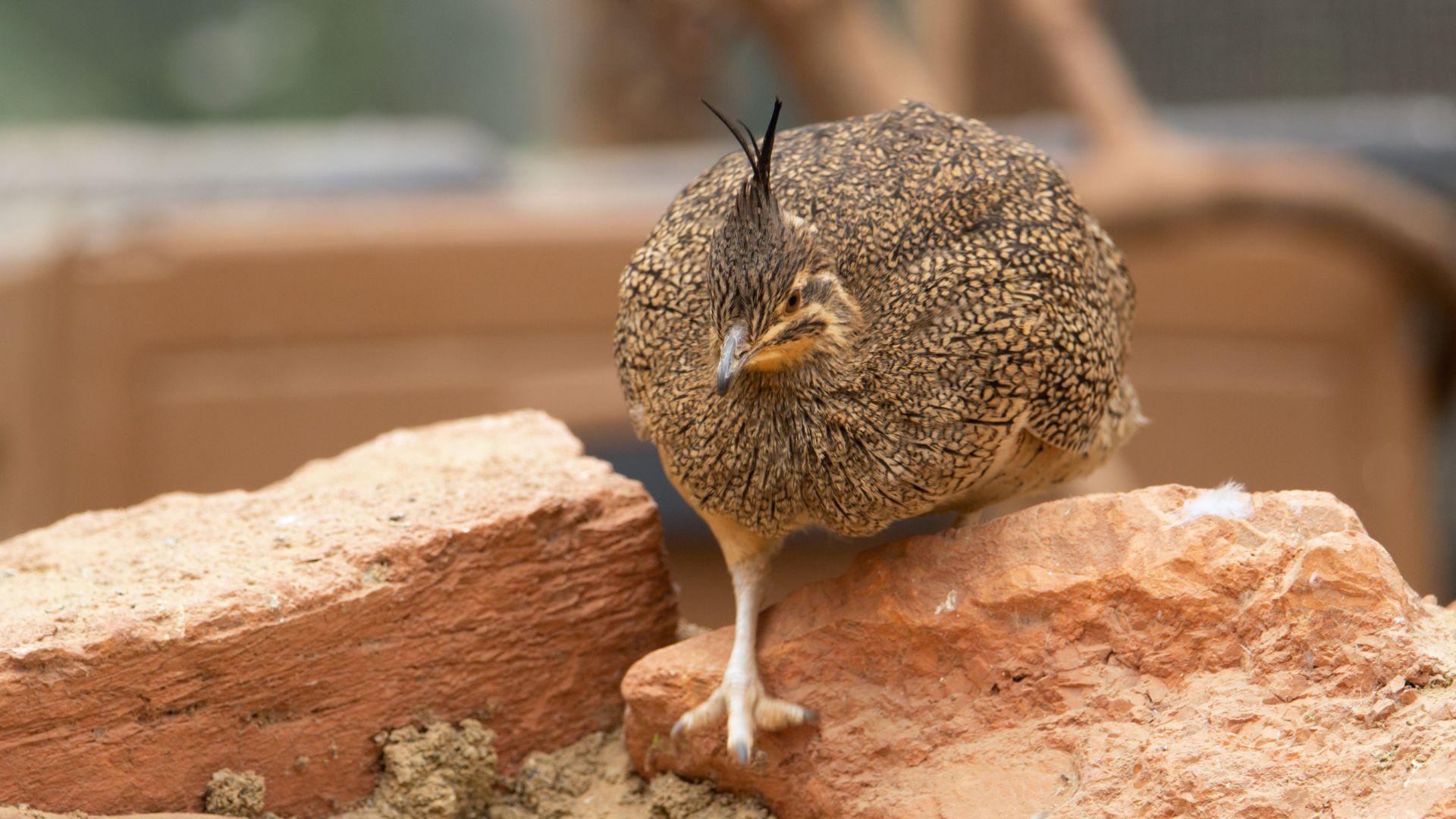
This medium-sized, ground-dwelling bird is found in the forests of South America.
The Quebracho Crested Tinamou is known for its shy nature and excellent ability to blend in with its surroundings.
| Metric | Measurement |
|---|---|
| Height | 12 to 14 inches (30 to 35 cm) |
| Weight | 10 to 14 ounces (280 to 400 grams) |
| Region of Habitat | South America (Argentina, Paraguay) |
| Scientific Name | Eudromia formosa |
| Place of Origin | South America |
| Feeding Habits | Omnivorous (fruits, insects) |
| What Sound They Make | Whistling calls |
Fun Facts
- They are shy birds that prefer to stay hidden in dense vegetation.
- Tinamous are one of the most ancient groups of birds, dating back millions of years.
- Their eggs are shiny and brightly colored, which is unusual for ground-nesting birds.
9. Quelea
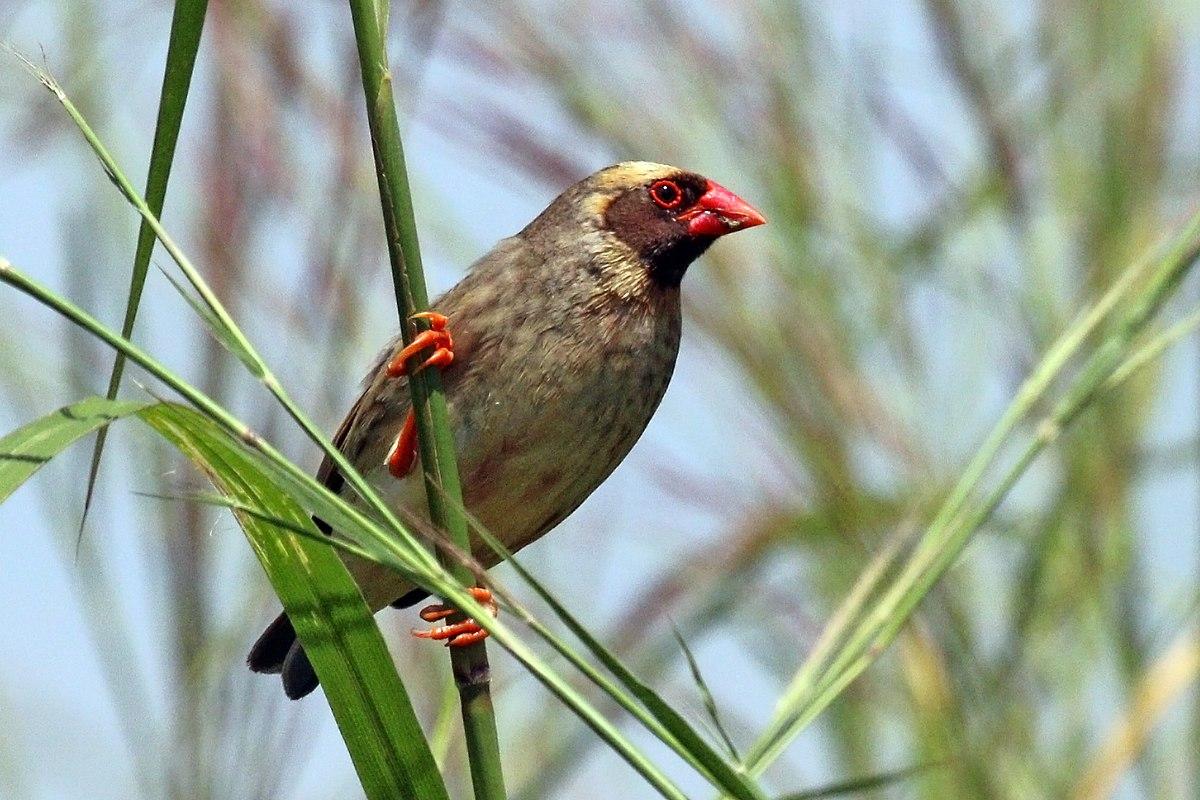
Quelea are small passerine birds found in sub-Saharan Africa, often referred to as one of the most abundant bird species in the world.
They are known for their huge flocks, sometimes numbering millions of birds.
| Metric | Measurement |
|---|---|
| Height | 4 to 5 inches (10 to 12 cm) |
| Weight | 0.5 to 1 ounce (14 to 28 grams) |
| Region of Habitat | Sub-Saharan Africa |
| Scientific Name | Quelea quelea |
| Place of Origin | Africa |
| Feeding Habits | Herbivorous (seeds, grains) |
| What Sound They Make | Chirps, chattering |
Fun Facts
- Queleas are known for forming some of the largest flocks of any bird species.
- They are often considered pests due to their ability to decimate crops.
- These birds have excellent survival skills, thriving in harsh environments.
10. Quail Dove

Quail Doves are medium-sized birds known for their shy nature and beautiful iridescent plumage, typically found in the forests of Central and South America.
They are ground-dwelling birds that forage for food among the forest floor’s leaf litter.
| Metric | Measurement |
|---|---|
| Height | 10 to 12 inches (25 to 30 cm) |
| Weight | 5 to 8 ounces (140 to 225 grams) |
| Region of Habitat | Central and South America, Caribbean |
| Scientific Name | Geotrygon |
| Place of Origin | Americas |
| Feeding Habits | Omnivorous (seeds, small fruits) |
| What Sound They Make | Soft coos |
Fun Facts
- Quail Doves are excellent at blending into their environment, thanks to their brown and greenish plumage.
- They prefer dense forests and are rarely seen in open areas.
- Despite their secretive nature, their soft cooing sounds are often heard throughout the forests they inhabit.
11. Quailfinch Indigobird
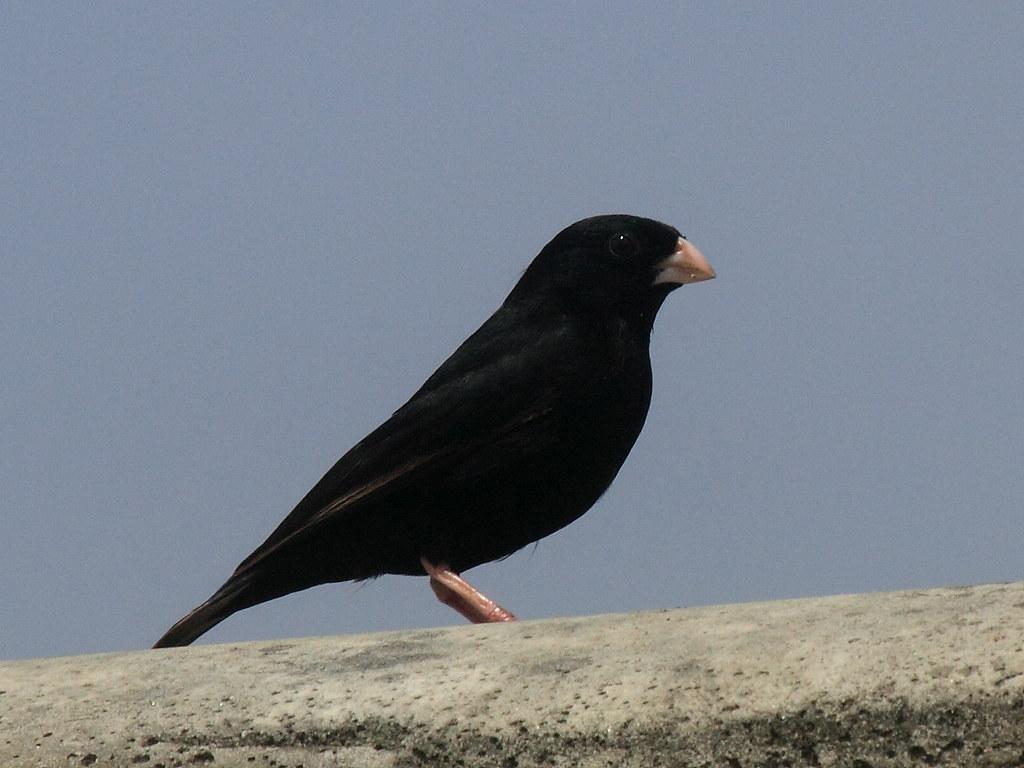
The Quailfinch Indigobird is a small, brood-parasitic bird that mimics the calls of the Quailfinch, its host species. Males are known for their striking, iridescent blue-black plumage during the breeding season.
These birds are found in sub-Saharan Africa, often inhabiting savannas and grasslands.
| Metric | Measurement |
|---|---|
| Height | 4.5 to 5 inches (11 to 13 cm) |
| Weight | 0.4 to 0.6 ounces (12 to 17 grams) |
| Region of Habitat | Sub-Saharan Africa |
| Scientific Name | Vidua nigeriae |
| Place of Origin | Africa |
| Feeding Habits | Granivorous (seeds) |
| What Sound They Make | Mimics host species’ calls |
Fun Facts
- The Quailfinch Indigobird lays its eggs in the nests of Quailfinches, where the host bird unknowingly raises the indigobird’s chicks.
- Males often sing complex songs that mimic the calls of their host species.
- During the non-breeding season, their bright plumage molts into a duller, less conspicuous color.
Conclusion
We’ve explored over 11 birds whose names start with Q, from the quirky Quetzal to the quiet Quail. Each of these feathered friends has its own unique traits and charms.
Why does this matter? Understanding the diversity of birds enriches our appreciation for nature. It reminds us of the importance of conservation efforts to protect these species and their habitats.
I hope this guide has sparked your interest in birdwatching. Why not take the next step? Grab a pair of binoculars and head outside to spot some of these Q-named birds in their natural habitats. You might be surprised by what you find in your own backyard or local park!
Don’t forget to share your bird-watching experiences in the comments below.
Happy birding!

